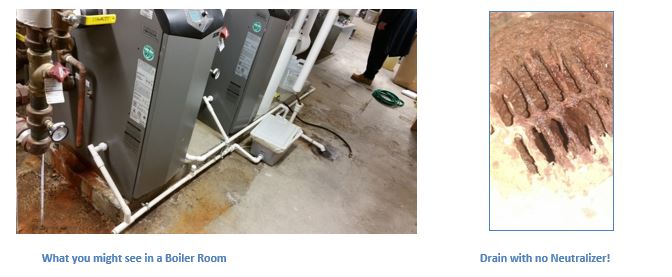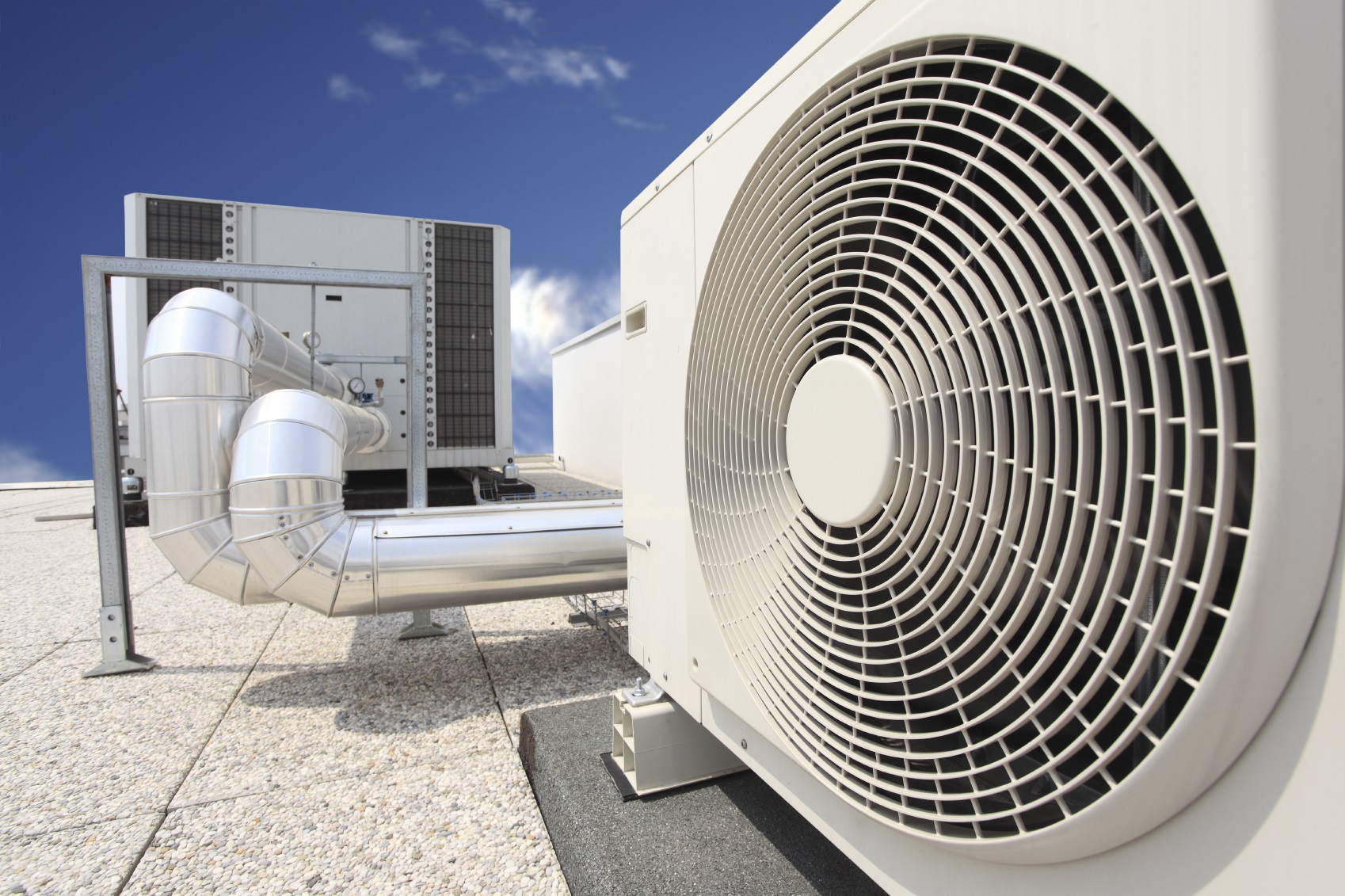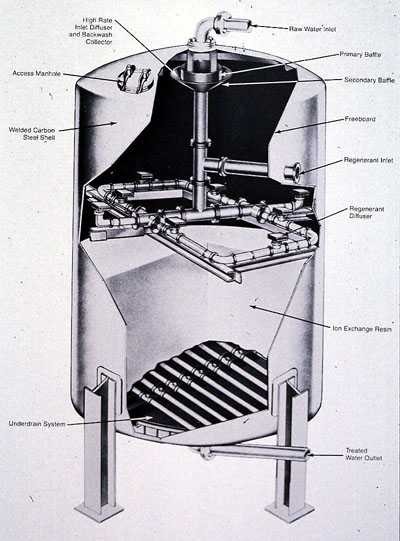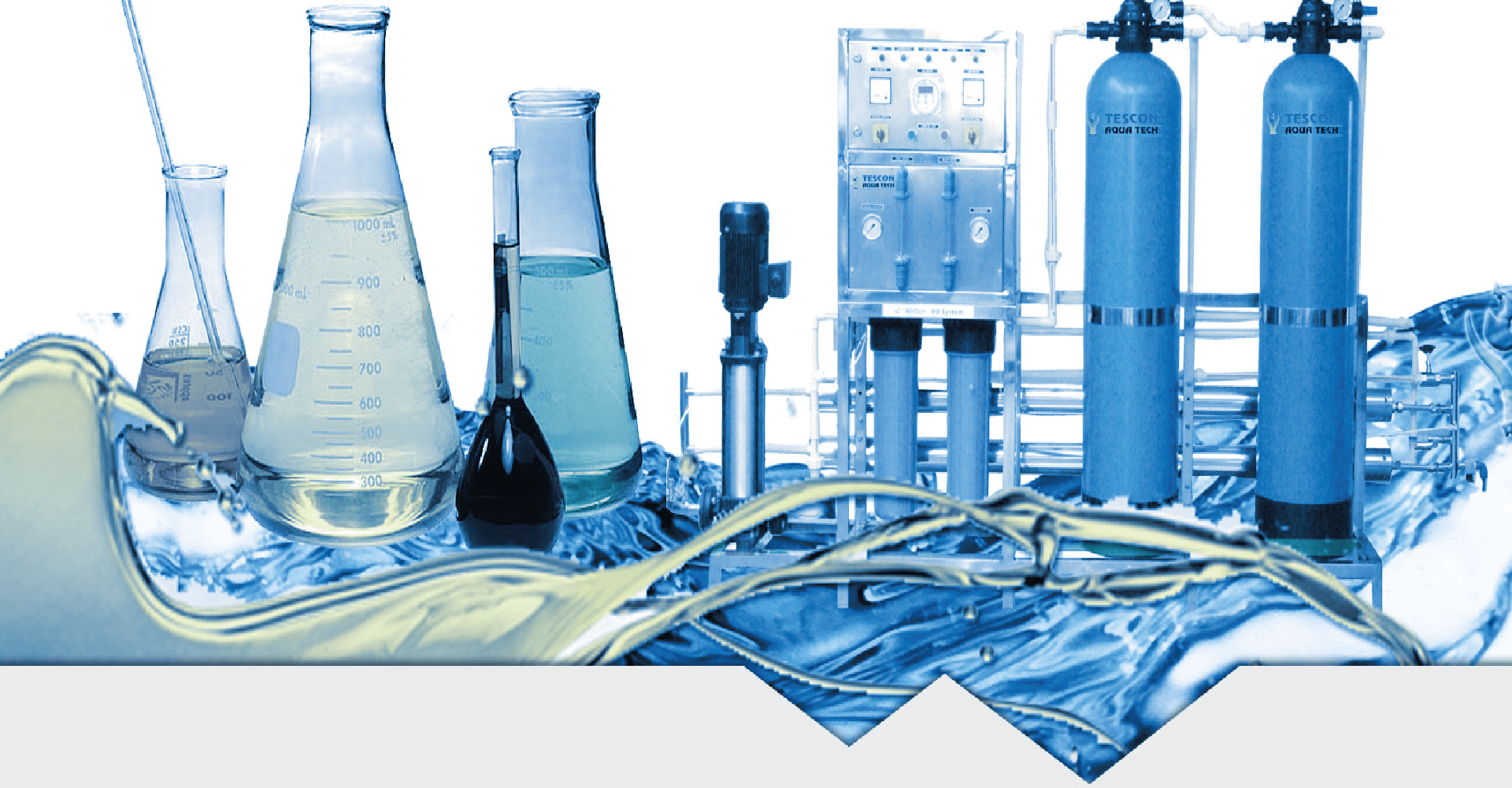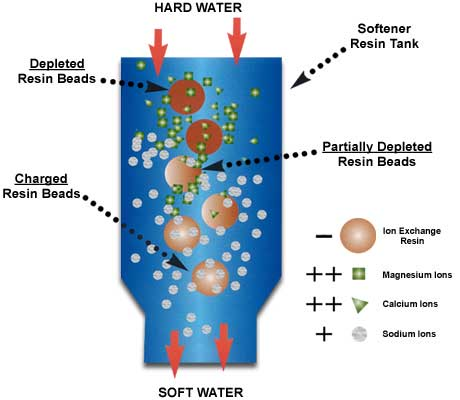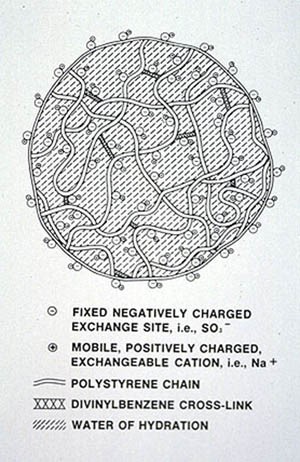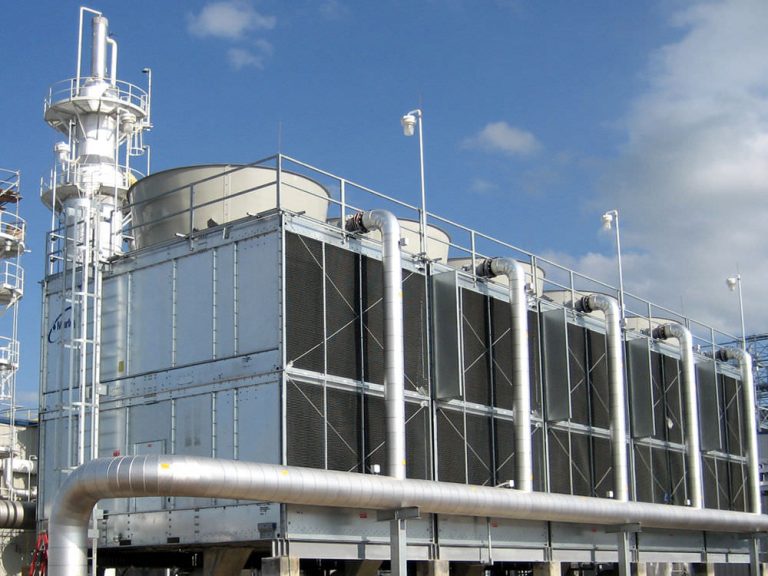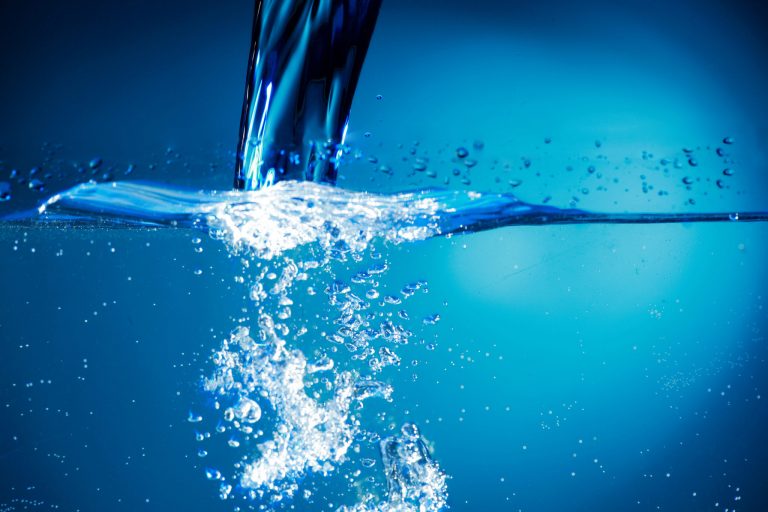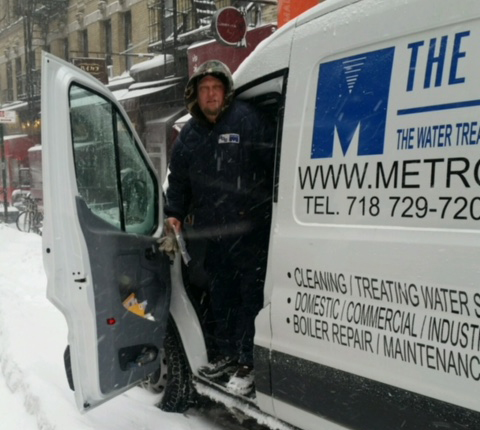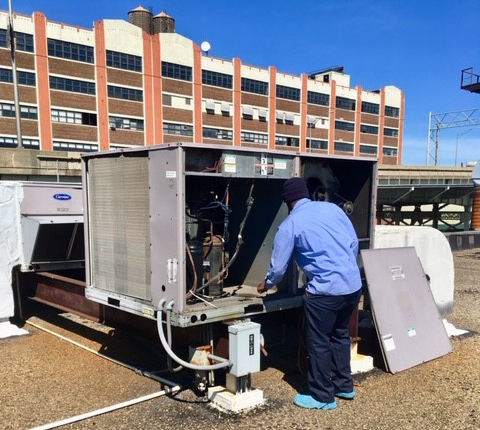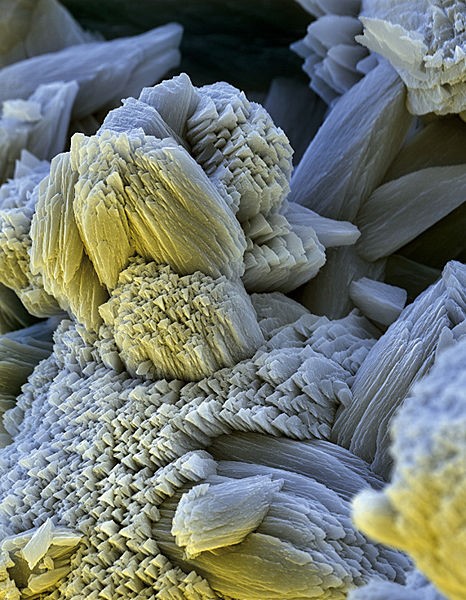
By Luke Wonnell Lime scale can be a serious menace to domestic hot water systems. As lime scale builds up in your system, it will restrict flow through piping, it will reduce the operating efficiency of water heaters, and it can most certainly bring your hot water system to its knees if left unchecked. For […]

